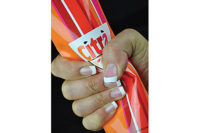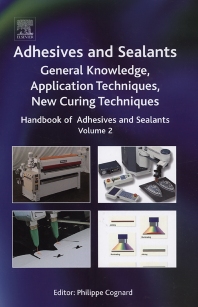Optimizing Label Layers to Meet Linerless Label Performance Needs
Linerless labels are rising in popularity given their sustainability and efficiency advantages, and converters may not understand their adhesive and release coating properties.
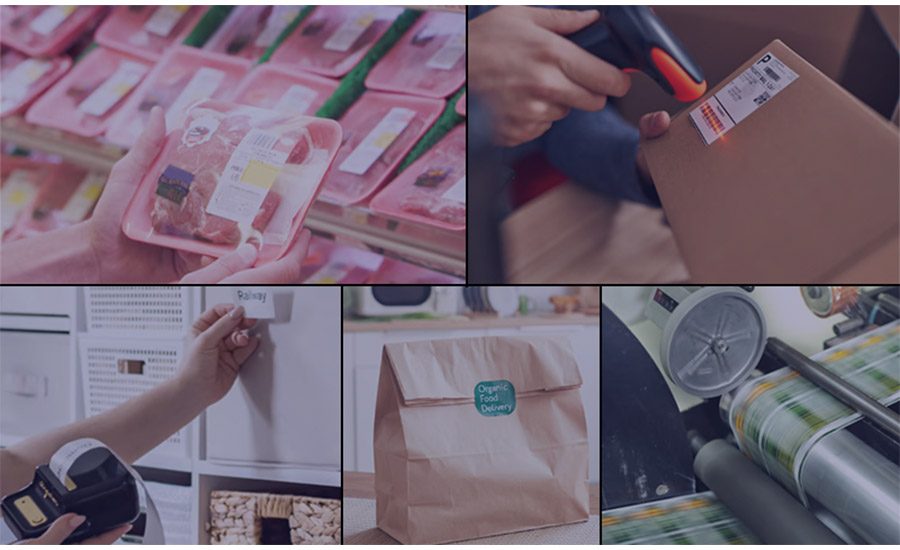
Image courtesy of Bostik.
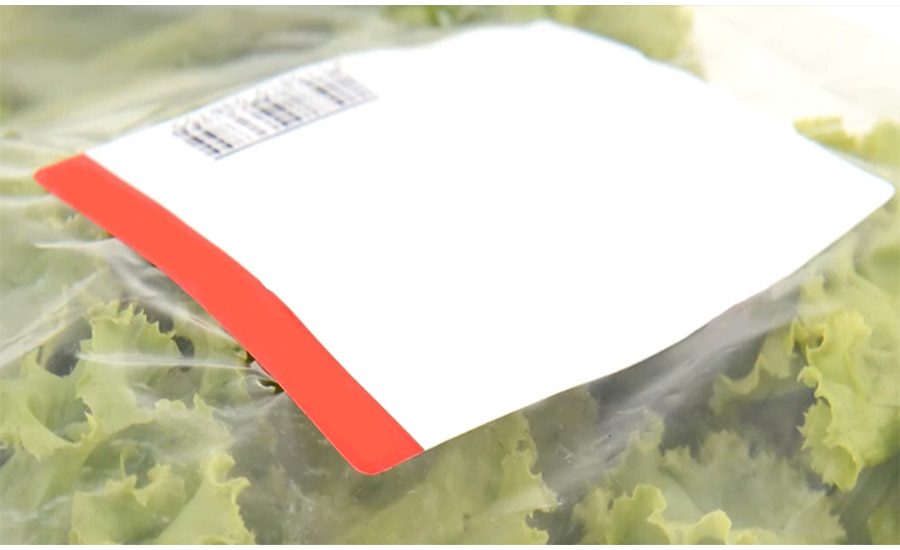
Image courtesy of Bostik.
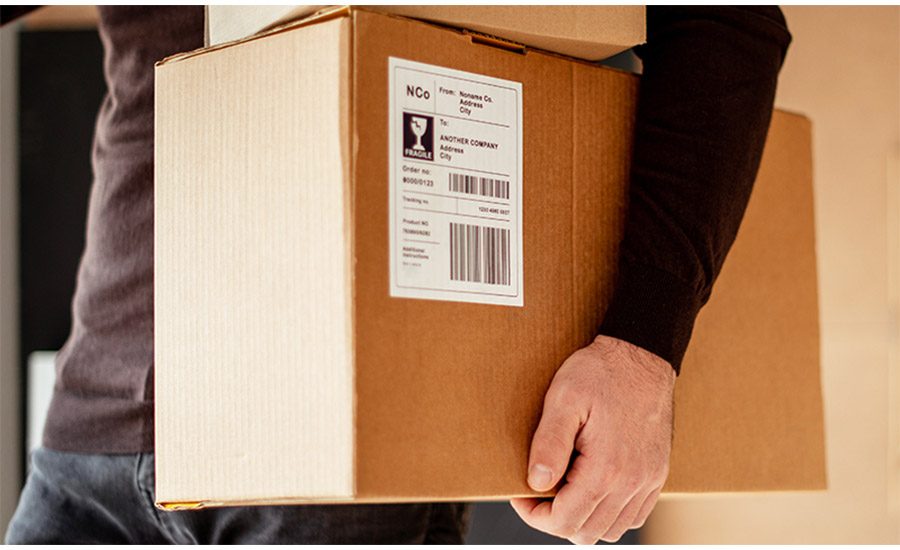
Image courtesy of Bostik.



As label converters know, linered labels have been the industry standard for years. However, linerless labels are rising in popularity given their sustainability and efficiency advantages, and converters may not know how linerless label adhesive and release coating layers need to possess varied properties compared to linered label layers. By understanding how the label construction is different, what that means for the adhesive and release coating, and how to optimize these layers, converters can be better prepared to incorporate linerless labels into their linered label production lines or switch to them entirely.
The Difference Between Linerless and Linered Label Layers
Like linered labels, linerless labels are pressure-sensitive labels comprised of several layers, including the adhesive and release coating. However, they lack a release liner and instead are continuous strips of adhesive-based materials wound together in a roll. By not having a release liner, linerless labels offer:
1. Increased versatility: Linered labels have a gap in between the labels due to die cutting. This helps converters easily align the labels when printing and facilitates easy label separation during use. However, this limits label size and use cases per roll. Linerless labels, on the other hand, don’t have a gap between labels and can be cut into customized widths at any point. This increases converters’ ability to meet their customers’ label printing needs all on the same label roll.
2. Reduced impact: While release liners protect the adhesive layer from sticking to or being contaminated by other surfaces before the linered label is ready to be applied, the liner can become waste. In addition to reducing waste production potential, linerless labels enable more labels to fit per roll, which optimizes shipping and storage efficiencies. Further, linerless labels require fewer raw materials to manufacture, which contributes to decreased material usage and costs.
The Adhesive and Release Coating Layers
Just like with linered labels, the adhesive and release coating impact the label’s end-use performance. For example, linerless label adhesives need to withstand environmental conditions including moisture, temperature changes, and handling during transportation and use. Additionally, the release coatings may need to possess anti-flagging characteristics to maintain aesthetics and durability throughout the application’s duration.
However, because there is no release liner, the adhesive lacks the level of protection it gets with linered labels. This means that the adhesive may need to be formulated to possess a higher initial tack compared to a linered label adhesive in order to adhere immediately to the surface.
The lack of a release liner also impacts the release coating layer. In particular, the compatibility between the adhesive and the release coating needs to be assessed because the release values are more sensitive. Also, unlike linered label release coatings, these release coatings need to both enable the roll to unwind and prevent the adhesive from sticking to itself. To achieve both performance properties, release coatings need to be formulated specifically for linerless label construction.
Optimizing the Adhesive and Release Coating
Because linerless labels are structured differently than linered labels, the adhesive and release coating layers need to be specifically optimized for linerless label rolls and printers.
For Linerless Label Rolls
Adhesive thickness: With linered labels, the adhesive thickness contributes to the label’s ability to provide a uniform, sufficient bond without label lifting. While this is the case with linerless label adhesives, too, adhesive thickness must be further optimized with these labels to prevent adhesive buildup on the print head. If the proper thickness level is not achieved, then the linerless label roll may have difficulty dispensing or not release correctly, which further impacts application performance.
Release-coating surface energy: To help the adhesives properly remove from the roll, release coatings for these label types need to offer a smooth surface to reduce friction. This may mean they need to have low surface energy that allows them to serve as a barrier between the adhesive and facestock.
Adhesive and release-coating compatibility: The adhesive and release coating layers must be compatible to unwind and not interfere with the label’s printing process. While compatibility is needed with linered labels, too, the impact is less significant if the adhesive and release coating are incompatible. This is because the linered label roll will still be able to go through the printer; it just will be more challenging to get out. However, if the adhesive and release coating are incompatible with linerless labels, they can yield a tight release, causing the roll to be unable to unwind or feed through the printer; the entire linerless label roll becomes unusable as a result.
For Linerless Label Printers
Linerless label layers also must be able to properly pass through a printer without causing adhesive buildup and or printer jams. To do so, the adhesive and release coating layers need to easily move through direct thermal and thermal transfer printers and not stick to the rollers or cutters, leave behind residue, or make it challenging to read the printed image. Optimizing layers for the printer type, adhesive coating method, and end-use application can help with this.
Printer Type
Direct thermal printers: Direct thermal printers are often used for linerless labels, because they offer high print speeds for variable information applications, such as receipts. However, when using these printers, the adhesive needs to be optimized for high speeds, too. It should be quick drying so as not to slow down production; an adhesive with high solids content can address this, because there is less water in the formulation that needs to evaporate. Additionally, the release coating should possess thermal sensitivity, darkening when exposed to heat to reveal the desired printed image. A forced air oven can assist in achieving this, as it uses less heat than a regular oven. This helps ensure the entire coating does not darken and render the label illegible.
Thermal transfer printers: Thermal transfer printers also work well for linerless label applications and require the adhesive and release coating layers to be optimized for them, too. Like direct thermal, they can work well for high-speed, variable printing needs and offer excellent print quality. However, they also possess fading and abrasion resistance. This makes them suitable for label applications exposed to the elements and that require high durability, such as barcodes and other permanent labels. When using thermal transfer printers, the adhesive layer should exhibit aggressive adhesion to maintain adhesion even when exposed to moisture, chemicals, or temperature extremes. Likewise, the release coating needs to offer heat resistance so as not to deform during the printing process. They also should be able to further enhance overall label durability with abrasion, moisture, fading, and tear resistance. Layer thickness for all layers also should be considered to help ensure printing and application performance.
Adhesive Coating Method
Adhesives can also be coated in several different ways; to help ensure proper printer performance, the adhesive should be optimized for the specific coating method.
For example, a flood coating method applies the adhesive across the entire width of the linerless label roll. This means more adhesive is in contact with the rollers inside the printer. If not optimized properly, the adhesive may transfer onto the rollers and cause a printer jam. To help mitigate this, the linerless label adhesive should offer high cohesive strength and less likelihood of edge ooze.
A dry edge coating method works well when using adhesives that may be more apt to edge ooze, such as an all-temperature hot melt or certain waterborne acrylic emulsions. It entails applying a special coating along the linerless label edges to prevent the adhesive from reaching the edges and causing adhesive buildup in the printer.
Further, a pattern coating method enables less adhesive to be in contact with the roll as it’s printed, which reduces adhesive buildup likelihood in the printer. However, the adhesive should offer fast grab to difficult substrates, such as a paper bag, to still produce a functioning linerless label.
End-Use Application
The adhesive should also be formulated to address the end-use linerless label application without impacting printer performance. For example, certain linerless label applications, such as logistics labels, require a high tack adhesive that forms quick, strong bonds to different substrates. However, a high tack adhesive is more likely to cause adhesive transfer onto rollers. Therefore, the adhesive must be formulated properly to meet end-use application performance needs without causing printer jams.
Optimizing Label Production
Converters that manufacture linered labels can easily incorporate linerless labels into existing production lines and either manufacture both linered and linerless labels or just linerless. It will simply require coordinating production schedules if using the same production lines for both, and converters may need to adjust machinery’s web path, especially if placing the silicone themselves. Once it’s understood how to optimize the label layers, they also need to do the following:
-Adjust equipment so that the labels can be properly dispensed and wound onto rolls without adhesive transfer or sticking to each other
-Conduct quality control procedures to confirm end-use linerless labels meet the desired print lengths, release properties, and environmental stability
-Consider hot melt or acrylic emulsion pressure-sensitive adhesive technology to help ensure the label accommodates current processing equipment and can adhere to the end-use application’s substrate
-Evaluate adhesive coat weights to help determine the necessary strength while still enabling other slitting and converting opportunities and easy print dispensing
While it may seem daunting to incorporate linerless labels into production lines or switch to them entirely, it doesn’t have to be the case. Understanding the slight but distinct ways the layers are different is key.
Learn more about Bostik, Inc., at www.bostik.com.
Looking for a reprint of this article?
From high-res PDFs to custom plaques, order your copy today!



